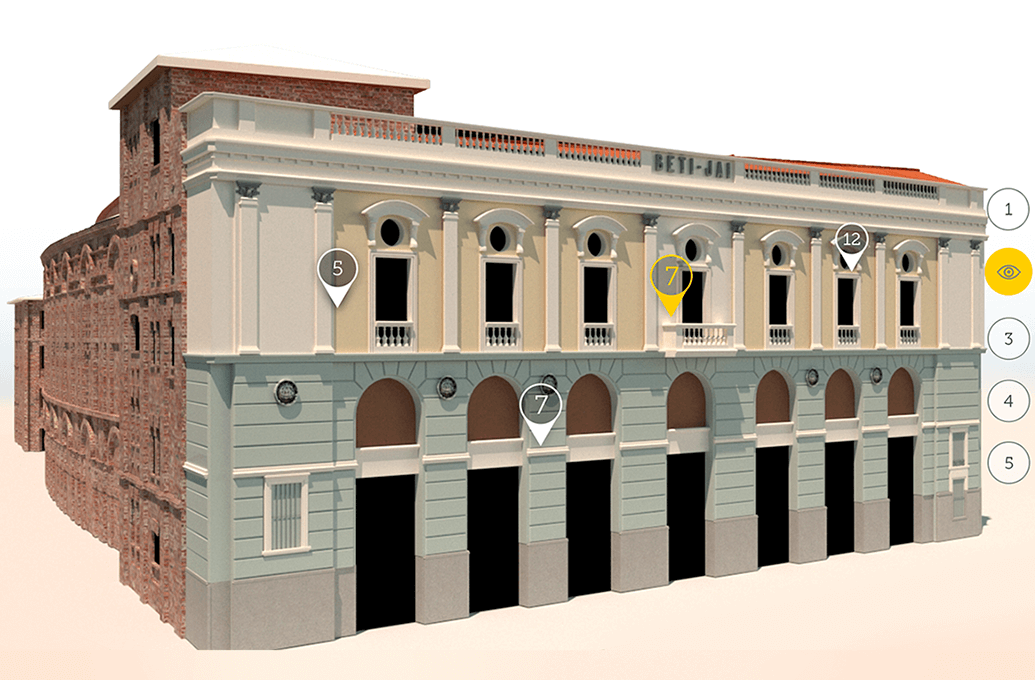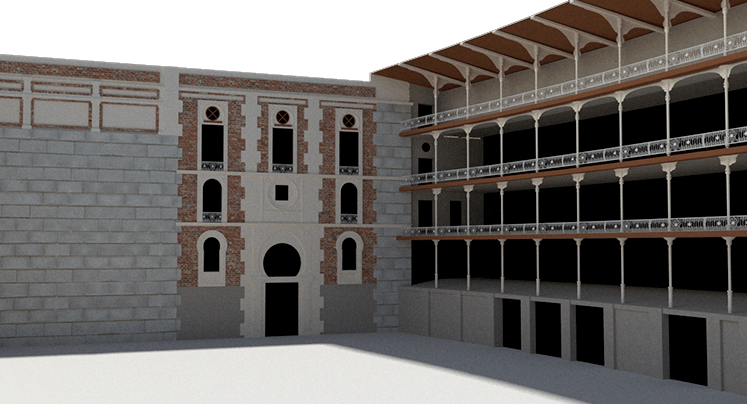Ferrovial: Reality through virtual reality
Taking advantage of the latest BIM (Building Information Modeling) work methodologies, a set of applications based on the use of open standards, such as IFC, have been designed to make collaborative work easier, more enjoyable and more efficient. The set of tools developed covers the world of the desktop and virtual reality, where the structures are shown with the concept of ``objects`` with their properties and characteristic information.

Challenge
The main challenge of this project is to plan and visualize a construction and its different sections before starting the construction or manufacture of the piece, during the process to control the status of each section and at the end of the process to compare results.
Results
The Evergine graphics engine has been used to create a set of tools in desktop systems and in Virtual Reality environments that faithfully, proportionally, and functionally represent the content offered by the openBIM standard. It increases the user’s immersion allowing navigation and manipulation in Virtual Reality environments as if they were really working with elements already built in reality.
Main features
- Support of the openBIM standard for the transfer of information.
- 3D and 360º representation of the models both on the computer screen and in the virtual reality glasses.
- Navigation in real-time through the different sections of the building, pieces, rooms, spaces, factories…
- Hierarchical structure of the components allows greater focus on the sections that are most important for the current context.
- Layered architecture that allows the building of new behaviors on the entities while maintaining compatibility.


